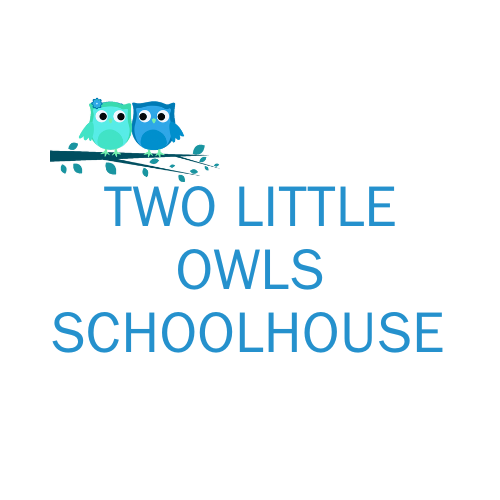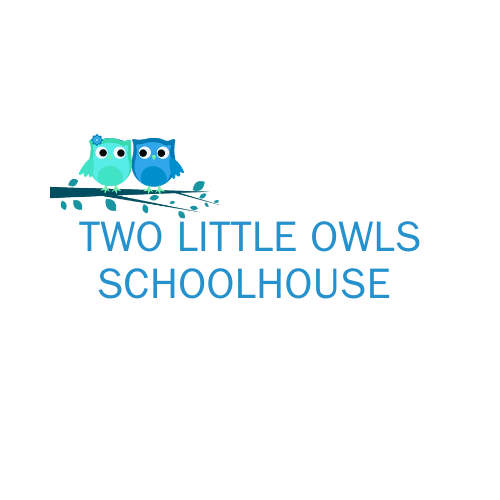Navigating the Shift: A Neuroscience-Based Approach to Back-to-School for Toddlers
As summer winds down and the back-to-school season approaches, many parents find themselves navigating a mix of emotions—anticipation, excitement, and perhaps a tinge of anxiety (perhaps even a tinge of doomsday intrusive thoughts lol). As a parent of a toddler and someone who has spent nearly a decade in early education, I understand these feelings intimately. I’ve seen firsthand how this transitional period impacts not just the children, but entire families. What if we could approach this season with a deeper understanding, rooted in science and our kiddo's developmental needs?
The Science of Transition
Transitions, especially those as significant as moving from the freedom of summer to the structured environment of daycare or preschool, are not just logistical challenges—they are deeply neurological events. The developing brain of a toddler is highly plastic, meaning it is constantly forming and reforming connections in response to experiences. This plasticity is both a blessing and a challenge. While it allows for remarkable learning and adaptation, it also means that transitions can be especially taxing.
During the summer, your child’s brain has likely adapted to a different rhythm—more play, less structure, varied social interactions, and perhaps more time spent outdoors. As we shift towards the school year, their brain must adjust to a new set of expectations and routines. This adjustment is crucial for their development, but it requires thoughtful support from us as parents and educators.
The Role of Predictability
One of the key elements in helping a toddler transition smoothly is predictability. Neuroscientific research shows that predictable environments create a sense of safety in children, which is critical for healthy brain development. When children know what to expect, they can focus more on learning and less on managing uncertainty.
In practical terms, this means beginning to introduce some of the routines and structures of the school year during the final weeks of summer. This could be as simple as re-establishing a consistent bedtime and wake-up routine or gradually reintroducing the idea of daily activities with a bit more structure. The goal is not to rush the end of summer but to gently guide your child towards the routines that will support them in the school environment.
Social-Emotional Readiness
Another important aspect of this transition is social-emotional readiness. Over the summer, children may have had varied social interactions—some may have spent more time with family, while others enjoyed playdates or summer camps. As they return to a more consistent peer group in daycare or preschool, they need to re-learn the nuances of social interaction in a group setting.
From a developmental standpoint, this is an opportunity to nurture skills like empathy, sharing, and cooperation. Research in early childhood development highlights the importance of peer interaction for developing these skills. As a parent, you can support this by arranging small playdates with peers who will be in their daycare or preschool class, or simply by talking to them about what it means to be a good friend and classmate.
The Emotional Transition
Finally, it’s important to acknowledge the emotional transition—for both you and your child. Separation anxiety is a natural part of this process, particularly for toddlers. The part of the brain responsible for regulating emotions, the amygdala, is still developing in young children, making it harder for them to manage the big feelings that come with saying goodbye.
To ease this transition, consider creating a goodbye ritual—a special handshake, a song, or a hug that becomes a consistent and comforting part of your child’s drop-off routine. Additionally, acknowledging your own feelings and modeling calmness can help your child feel more secure.
Embracing the New School Year
As we prepare for the new school year, it’s important to embrace the transition with a sense of curiosity and openness. Each year brings new opportunities for growth—not just for your child, but for you as well. By understanding the neuroscience behind these changes and approaching them with intention, you can help your child navigate this period with confidence and ease.
Let’s look forward to the school year not as an end to summer but as the beginning of a new chapter in your child’s incredible journey of growth and learning. Together, with the support of educators who understand the complexities of early childhood development, we can ensure that this transition is not just smooth, but enriching for your entire family.


